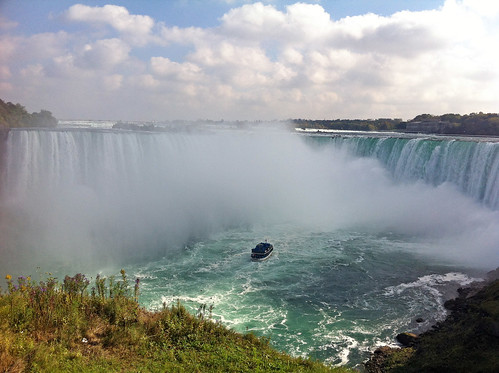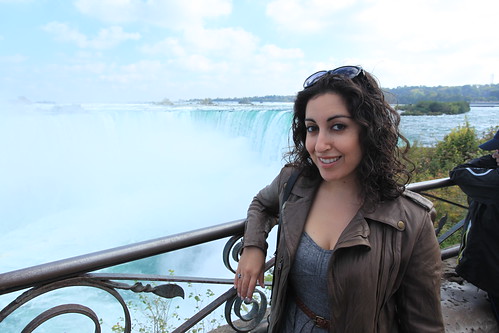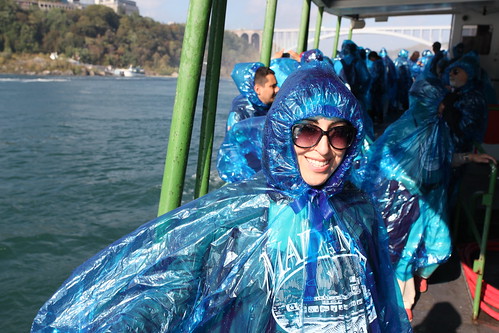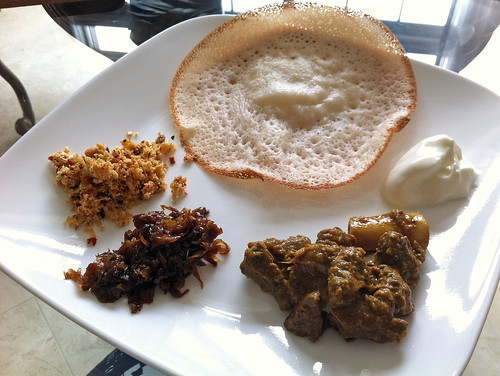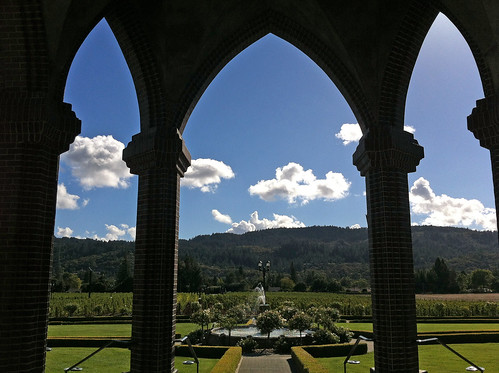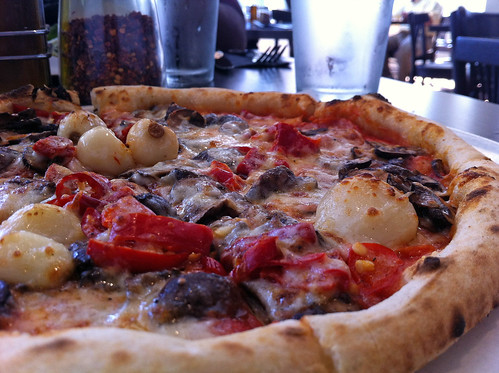By our third day in the Toronto area, we’d settled in London, Ontario, where we spent a few fun days with Nishan’s brother, sister-in-law, and adorable nephew. London was also our home base for a day trip to Niagara Falls, only a two-hour drive away through Niagara wine country. The drive was pretty and the reward was stunning.
It’s not every day you get a view like this.
Niagara Falls straddles the international border between Canada and the US and while it’s smack in the middle of a hyper-touristy area, you sort of forget the commercialization that you’re surrounded by as soon as you see the views. These waterfalls are beautiful and it’s crazy for me to imagine that they actually freeze during the winter. (Seriously. Google it. It’s awe-inducing.)
We decided to embrace Niagara Fall’s touristy-ness and embarked upon the Maid of the Mist, a boat ride that takes you all the way up to the waterfalls.
I thought these plastic overcoats served no purpose other than to make passengers look ridiculous until I realized how misty it really gets down there. We were soaked!
Once we dried up we began our drive back to London, souvenirs in tow. Niagara Falls may be touristy, but it’s worth the drive.

